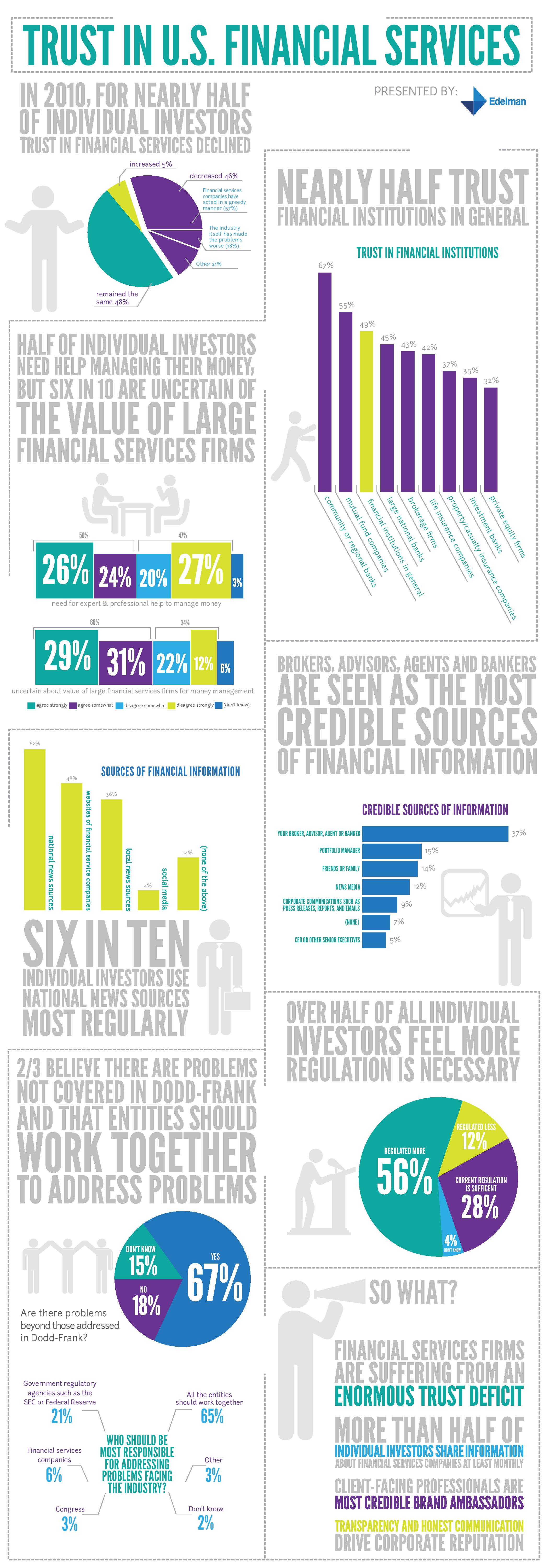Producing A Goal-Oriented Financial Plan: A Practical Guide

Short Article Composed By-Power Hoff
To align your monetary strategy with your objectives, you need to initially identify what those objectives are. But establishing goals is just the start. Once a fantastic read have a clear target in mind, the next step is to create a roadmap that will certainly direct you towards attaining those purposes. This entails a mindful evaluation of your existing economic standing and a calculated approach to managing your sources successfully. By comprehending the vital parts that contribute to a successful economic strategy, you can guarantee that your objectives are not simply aspirations however actionable actions in the direction of a more secure financial future.
Setup Clear Financial Goals
To develop a strong financial plan that straightens with your goals, beginning by establishing clear and particular monetary objectives. When developing your monetary objectives, it's crucial to be specific regarding what you intend to attain. Whether it's saving for a deposit on a house, starting a retirement fund, or paying off financial obligations, having distinct objectives will assist your economic decisions.
Begin by outlining your short-term objectives, such as developing an emergency fund or saving for a trip. These objectives are normally achievable within the next year approximately.
Next, determine https://www.businesswire.com/news/home/20240403843482/en/D.A.-Davidson-Co.-Acts-as-Exclusive-Financial-Advisor-to-Proficium-Inc.-on-its-Significant-Growth-Investment-from-Mill-Point-Capital -term goals, like buying an auto or moneying a kid's education, which may take around 1-5 years to complete.
Finally, established lasting goals such as retired life planning or acquiring a home, which typically have a timeline of 5 years or even more.
Assessing Your Current Financial Situation
Examine where you stand monetarily by evaluating your revenue, expenditures, assets, and debts. Begin by calculating your complete month-to-month earnings after tax obligations. Include all sources, such as salaries, bonus offers, and any kind of extra income.
Next, list your month-to-month expenditures, including rental fee or home loan, energies, groceries, insurance, transportation, and any other routine repayments. Differentiate between crucial expenses and optional spending to recognize where you can potentially cut back.
After assessing your revenue and expenses, take stock of your properties. Strategic Asset Allocation consists of savings accounts, investments, retirement funds, and realty. Understanding your assets provides a clear photo of your monetary security and capacity for growth.
Conversely, evaluate your financial debts, such as credit card balances, pupil loans, and superior repayments. Comprehending your debt situation is important for creating a realistic monetary plan.
Developing a Customized Financial Method
Craft a tailored economic approach that lines up with your goals and resources. Begin by setting clear and attainable financial objectives. Whether it's saving for a deposit on a house, funding your youngster's education, or retiring comfortably, establish certain targets to work towards.
Next off, consider your present monetary situation, including revenue, expenditures, financial debts, and properties. This evaluation will certainly assist you determine how much you can allot in the direction of your objectives and where adjustments might be required.
When you have a clear understanding of your financial standing, explore various methods to accomplish your goals. This may involve creating a budget plan to control costs, purchasing diverse properties to expand your riches, or setting up an emergency fund for unpredicted expenditures. Tailor your approach based on your threat tolerance, time perspective, and economic understanding.
Consistently review and readjust your economic strategy as scenarios alter to guarantee it stays efficient and aligned with your goals. By establishing a customized financial strategy, you can navigate towards a more safe monetary future.
Conclusion
Now that you have established clear financial objectives, analyzed your existing situation, and created a personalized financial strategy, you're well on your way to creating a monetary plan that aligns with your objectives.
Keep in mind to regularly examine and readjust your strategy as needed to guarantee it remains to satisfy your purposes.
By taking these actions, you're setting yourself up for financial success and achieving your lasting goals.

